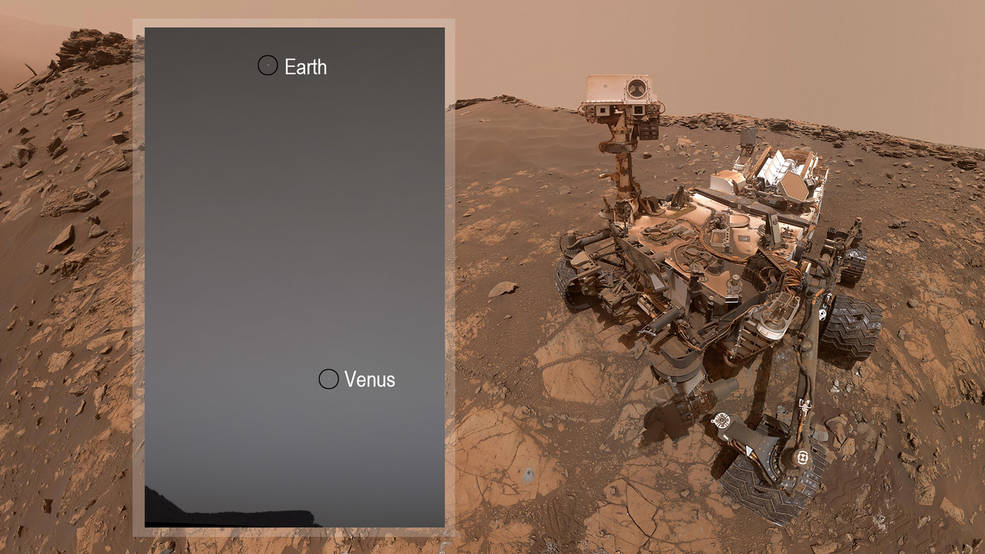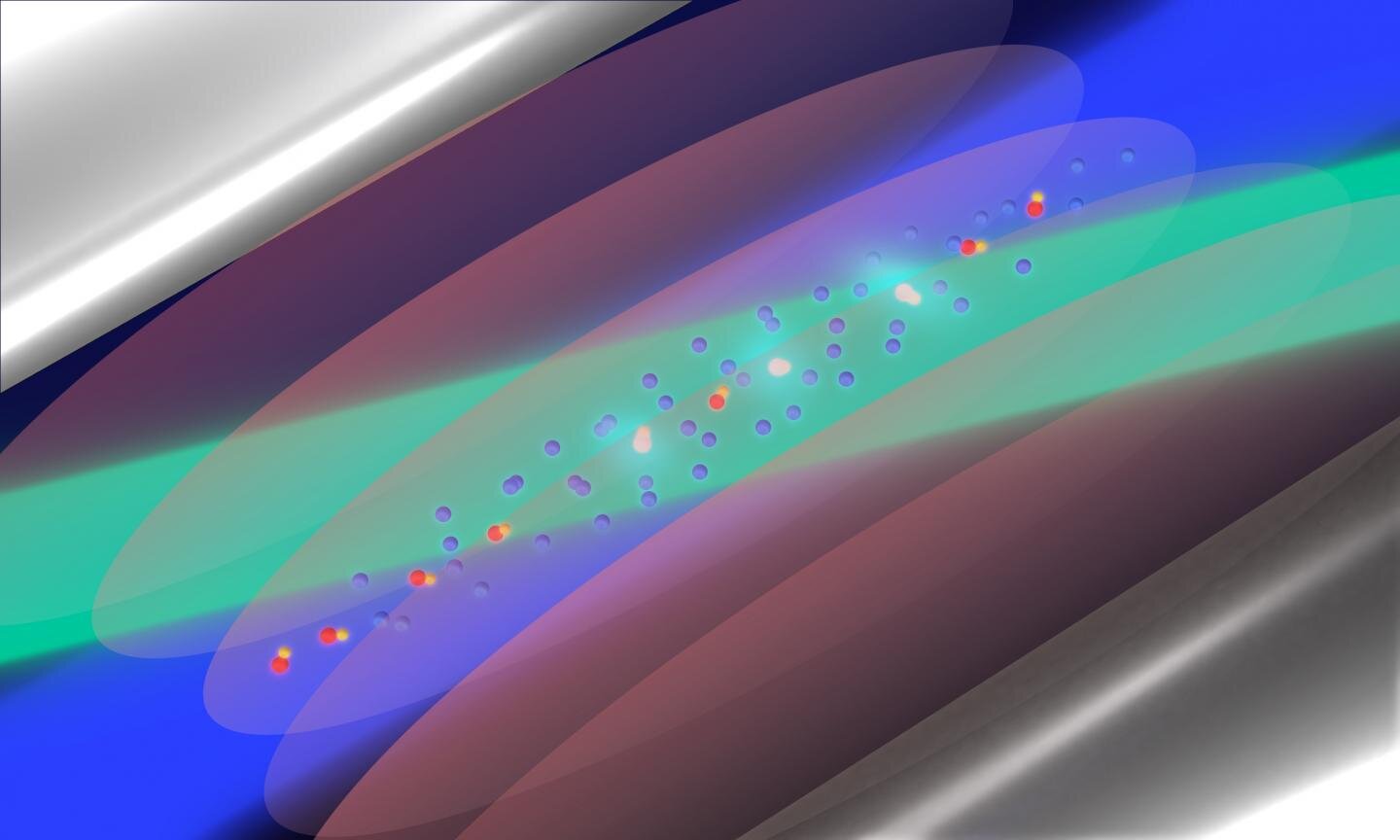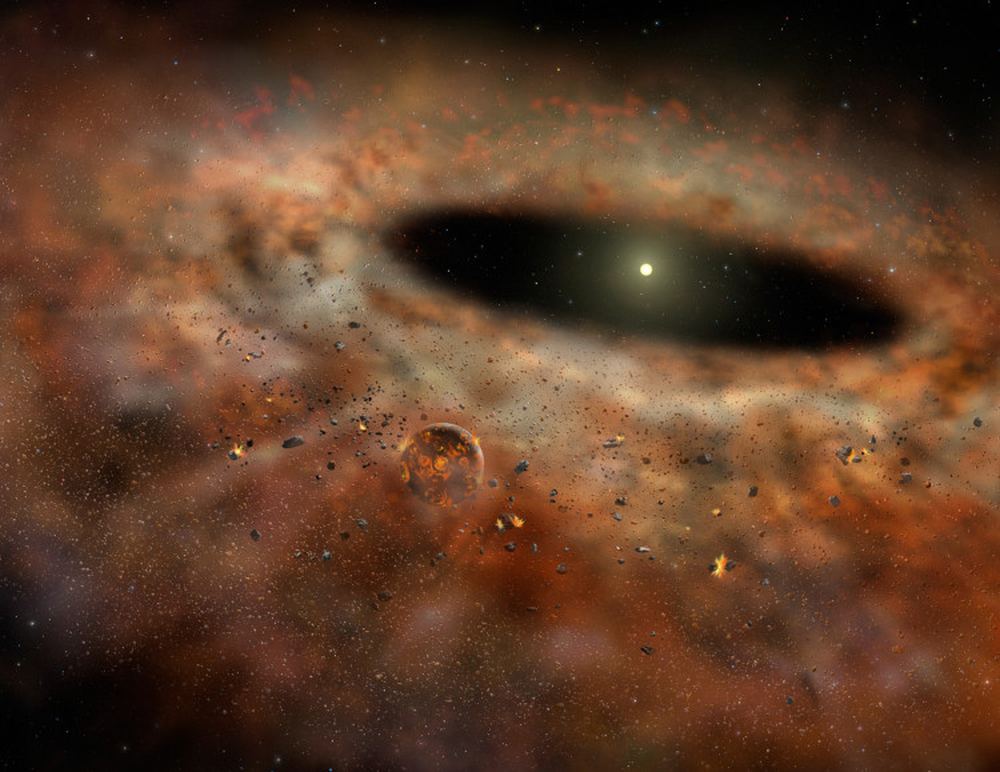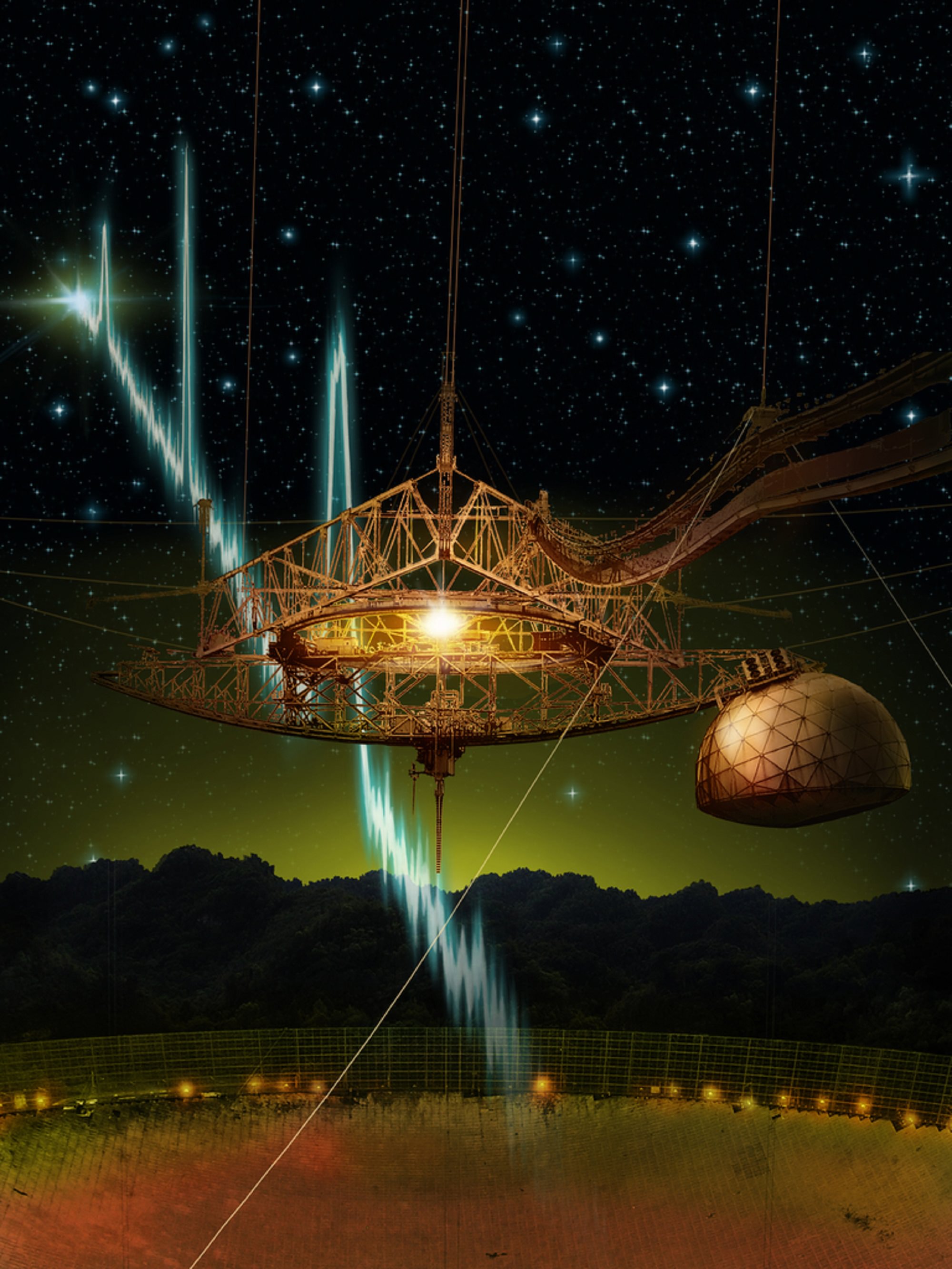To date, astronomers have discovered 4,164 extrasolar planets in 3,085 star systems, with another 5,347 awaiting confirmation. With this many planets available for study, researchers have been able to apply new constraints on how likely habitable planets are. In fact, the latest estimates say there could be 6 billion in the Milky Way alone! Understandably, these discoveries have renewed interest in the Search for Extraterrestrial Intelligence (SETI).
But whereas the search for habitable planets is focused on finding evidence of biological processes (aka. “biosignatures”), SETI has historically been focused on evidence of technological activity – aka. “technosignatures.” With a grant from NASA, researchers from the Harvard-Smithsonian Center for Astrophysics (CfA) and the University of Rochester are gearing up for a new study that will look for different kinds of potential technosignatures.
Continue reading “A New Search for Evidence of Technological Civilizations in the Milky Way”










